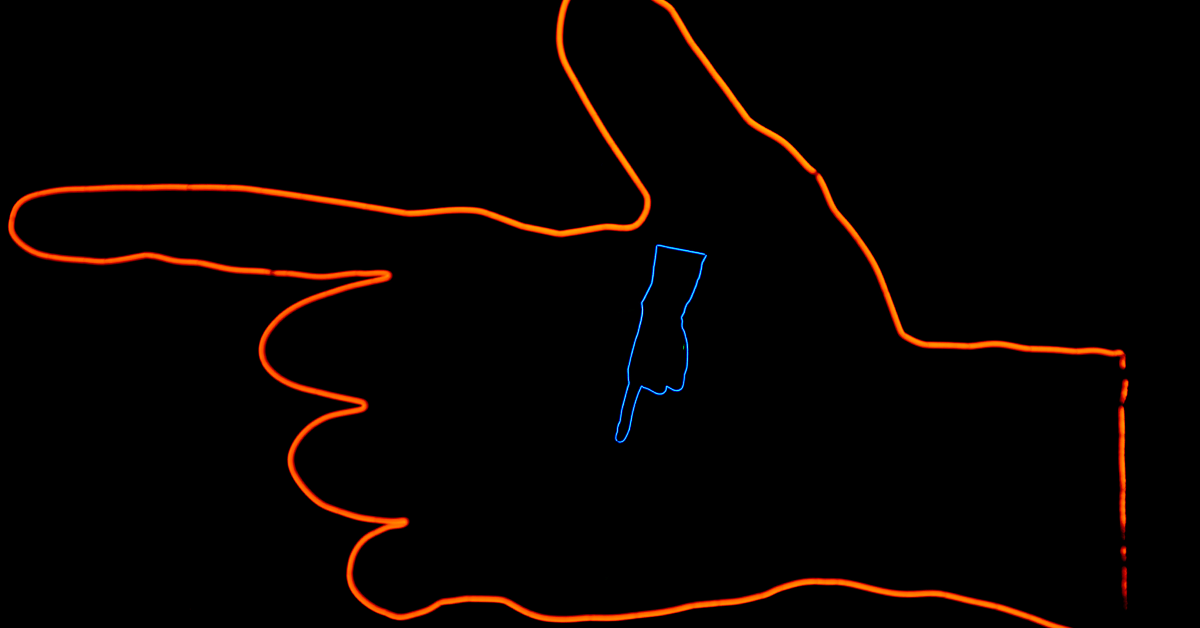
PRO INSIGHT
The secret to influencing stakeholders is very simple.
If you try to change their minds, you will likely fail.
The best way to influence stakeholders is to find common ground.
Discuss your ideas together until you fully understand what each other is trying to achieve.
Really take the time to listen and create a shared understanding.
Once you’ve done this, you will more often than not discover a win win situation.
Jack O’Donoghue (2 x Bestselling UX Course Creator)
– UX Strategy Blueprint
– Design Thinking Made Simple
As UX designers, you know that the journey from concept to execution is rarely a straight line.
Along this path, one of the most critical yet challenging steps is securing stakeholder buy-in.
It’s not just about getting an approval; it’s about fostering trust, understanding, and collaboration to create a product that resonates with users and aligns with business objectives.
Here are seven secrets to help you master the art of stakeholder buy-in.
1. Speak Their Language
Stakeholders come from various backgrounds — marketing, finance, operations — and they all speak a different language. Your job as a UX designer is to translate the value of your design into terms they understand. Quantify your design’s impact on user satisfaction, retention rate, or sales. Use their metrics to make your case.
2. Empathize with Their Concerns
Just as you empathize with users, try to understand your stakeholders’ perspectives and constraints. Are they worried about the budget? Timeline? Or the alignment with broader business goals? Address these concerns upfront in your presentations and documents. Show them how your design mitigates these risks.
Just as you empathize with users, try to understand your stakeholders’ perspectives and constraints.
3. Build a Narrative
Everyone loves a good story, and stakeholders are no exception. Craft a compelling narrative around your user research. Highlight real user problems and how your design solves them. Stories not only make your presentation more engaging but also make the value of your work more relatable and memorable.
4. Involve Them Early and Often
Involve stakeholders at different stages of the design process. This doesn’t mean they dictate the design, but their early input can provide valuable insights and make them feel a sense of ownership. Regular updates and check-ins keep them in the loop and reduce surprises at the end.
5. Show, Don’t Tell
Visuals are powerful. Use wireframes, prototypes, and storyboards to make your ideas tangible. Stakeholders are more likely to support a concept they can see and interact with. If possible, facilitate a hands-on session where they can experience the design and provide feedback.
Stakeholders are more likely to support a concept they can see and interact with.
6. Leverage Data and User Feedback
Nothing is more persuasive than hard data and real user feedback. Conduct usability tests, A/B tests, or surveys, and present the findings. Showing that users prefer or perform better with your design is a strong argument for stakeholder buy-in.
7. Anticipate Objections
Be prepared for resistance. Identify potential objections and have ready responses. Whether it’s about cost, feasibility, or alignment with business goals, ensure you have a rational and evidence-based rebuttal. Sometimes, this means having alternative solutions or compromises in your back pocket.
Wrapping Up
In conclusion, securing stakeholder buy-in is an art and science that every UX designer needs to master. It’s about communication, empathy, and strategic presentation.
By speaking their language, empathizing with their concerns, building a narrative, involving them throughout the process, showing compelling visuals, leveraging data, and anticipating objections, you can turn skeptical stakeholders into ardent supporters of your design vision.
Remember, their buy-in is not just a hurdle to overcome, but a vital component of a successful, user-centric product.
You Asked, We Answered
Q: What’s key to gaining stakeholder buy-in for UX design?
A: Aligning UX goals with business objectives and demonstrating tangible benefits through user research is essential for stakeholder buy-in.
Q: How does UX research contribute to the design process?
A: UX research provides insights into user needs and behaviors, shaping a more effective and user-centered design process.
Q: What’s the difference between UX and user research?
A: UX research focuses on understanding user behaviors and needs, while user research encompasses broader methods including market research.
Q: Why is stakeholder engagement critical in UX work?
A: Engaging stakeholders ensures their needs and concerns are addressed, leading to more successful and accepted UX solutions.
Q: What role does a UX designer play in stakeholder interviews?
A: A UX designer gathers valuable insights during stakeholder interviews to inform and shape the design strategy.
Q: How does a design system benefit the UX team?
A: A design system provides consistent guidelines and components, enabling the UX team to design more efficiently and cohesively.
Q: What’s the purpose of conducting stakeholder analysis in UX?
A: Stakeholder analysis identifies and understands the needs and influences of key stakeholders, guiding a more targeted UX strategy.
Q: How do research findings impact the UX process?
A: Research findings inform design decisions, ensuring the UX process is guided by real user data and needs.
Q: What’s the importance of usability in user experience?
A: Usability is crucial as it measures how effectively, efficiently, and satisfactorily users can achieve their goals with a product.
Q: How can a UX consultant use stakeholder mapping?
A: Stakeholder mapping helps a UX consultant identify and prioritize stakeholders, facilitating more effective communication and engagement strategies.
Q: What’s the value of user feedback in product design?
A: User feedback provides direct insights into user satisfaction and areas for improvement, guiding more user-centric product design.
Q: What differentiates an internal stakeholder from an external stakeholder in UX?
A: Internal stakeholders are part of the organization, while external stakeholders are users, clients, or others outside the company.
Q: How does a UX expert contribute to a research project?
A: A UX expert applies specialized knowledge to design research methodologies, analyze data, and derive actionable insights for improved user experiences.
Q: Why is understanding different stakeholder perspectives important in UX?
A: Understanding different perspectives ensures the design caters to varied needs and expectations, leading to broader acceptance and success.


